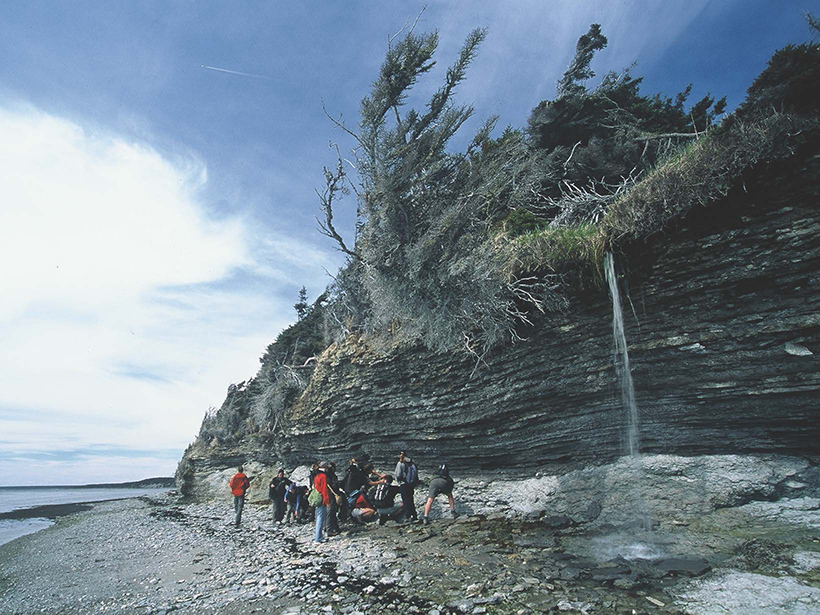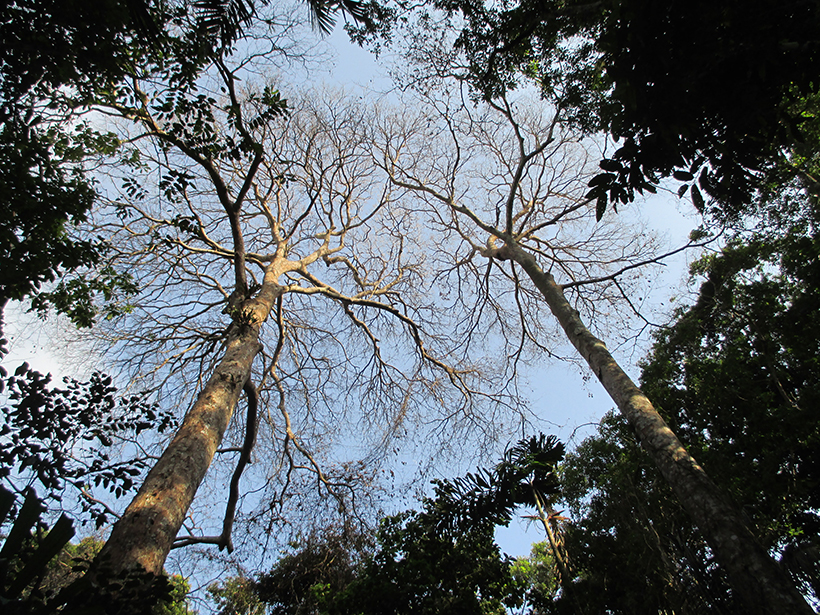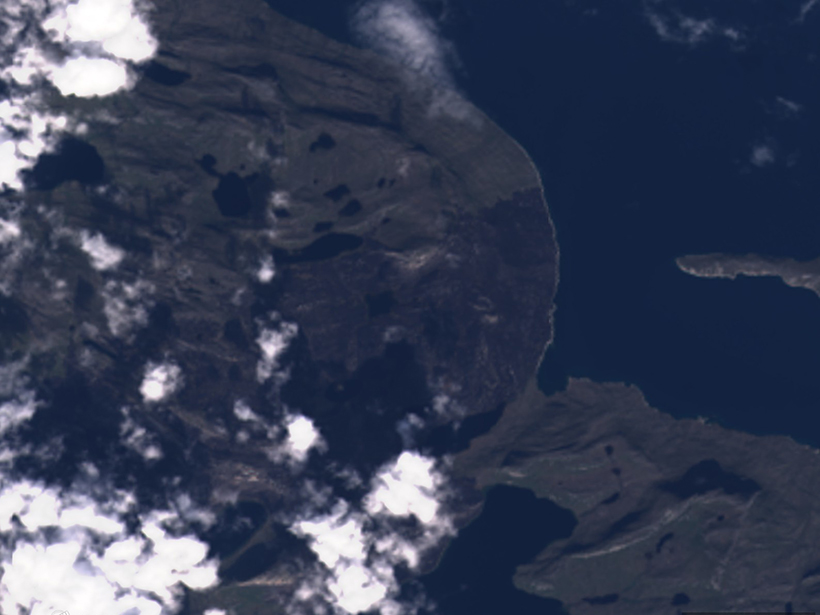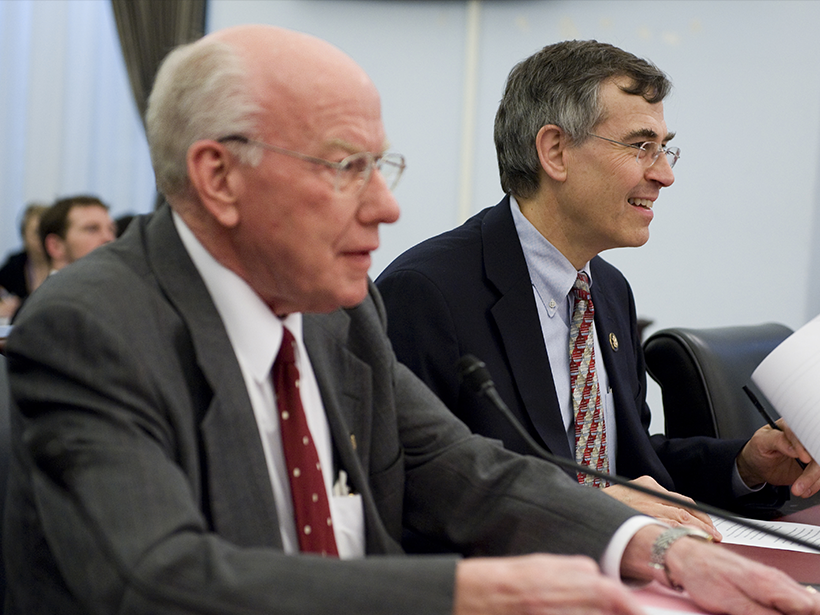Weathering of rocks can control Earth’s temperature over geologic timescales, new geochemical data suggest.
News
Big Space Rock to Pass near Earth on Friday
An asteroid named for Florence Nightingale will make its closest approach to our planet since 1890 but will remain a safe distance away.
Panama Study: Tallest Tropical Trees Died Mostly from Lightning
On Barro Colorado Island in the Panama Canal, scientists map lightning strikes and find that they kill mainly the loftiest trees, likely disturbing the forest ecology.
Southern Greenland Wildfire Extinguished
Scientists are still investigating the cause, fuel source, and overall impact of the weeks-long blaze.
White House R&D Priorities Differ from Its Budget Requests
The administration’s top R&D priority areas are American military superiority, security, prosperity, energy dominance, and health.
Engineering New Foundations for a Thawing Arctic
Researchers experiment with new building supports to prepare the Arctic for rapid shifts in permafrost and ground stability.
Howling at the Moon with Eclipse Enthusiasts
From the reporters who stared at goats to poets who tweeted haiku, eclipse watchers across the nation flaunted their weird.
Eclipse’s Last Major Stop Is Rich in Science and Amazement
Eclipse celebrations and scientific preparations abound in the final large U.S. population center to see Monday’s total eclipse.
Physicist and Former Congressman Vernon Ehlers Dead at 83
A staunch supporter of science, Ehlers worked as a research scientist before going into politics.










